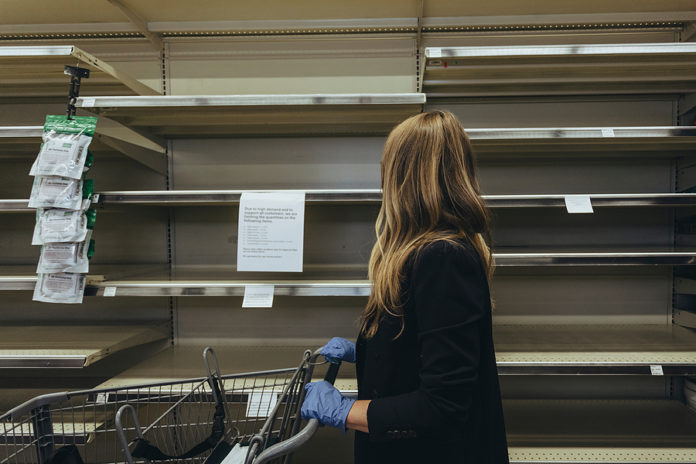
Grocery is the product category currently most impacted by shortages, according to Morning Consult’s latest U.S. Supply Chains & Inflation report. Over half (51%) of consumers surveyed in March 2022 reported experiencing shortages of specific types of groceries and food, up from 43% in September 2021.
This was in contrast to most other product categories (from clothing to home appliances), where consumers reported less severe shortages, or at least plateaus, compared to the previous time point. The report notes that the fact that grocery accounts for about 13% of total spending is “[helping] to explain rising concern over the elevated cost of living.”
Grocery is also the top category where consumers expect to see continued price increases — 70% expect prices to increase through March 2023. Morning Consult notes that, so far, inflation expectations have climbed in line with actual inflation. The food at home index was up 10% over the 12 months ending last March.
Looking at the effect of shortages vs prices on grocery purchasing behaviors, Morning Consult found that shortages are currently having the biggest impact. Of consumers who considered specific types of groceries but didn’t actually purchase them, 41% said it was due to a lack of availability compared to 35% who said it was due to the price.








